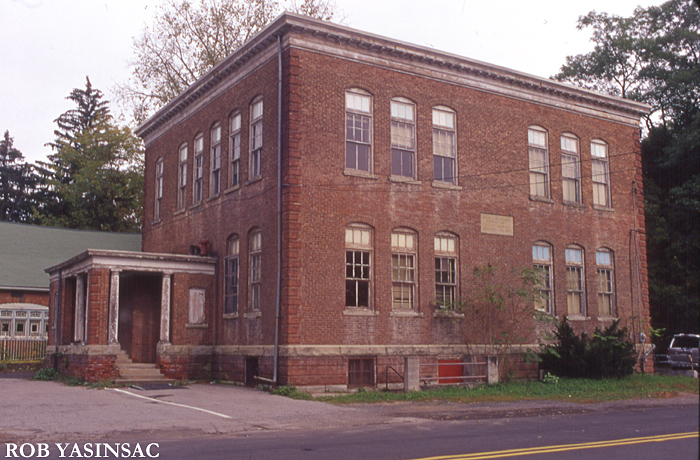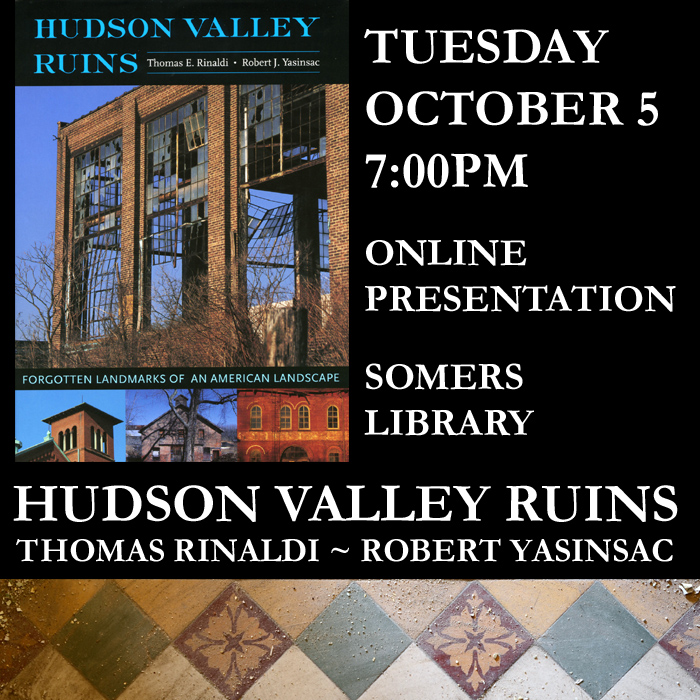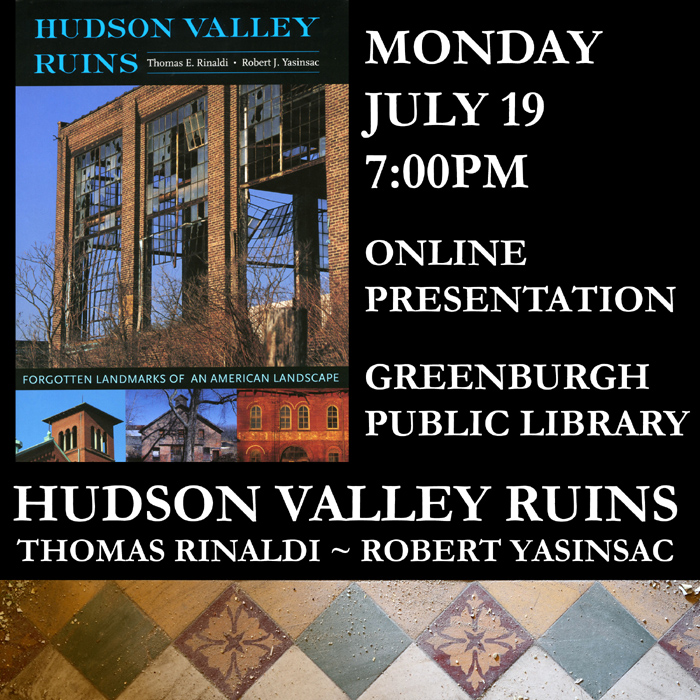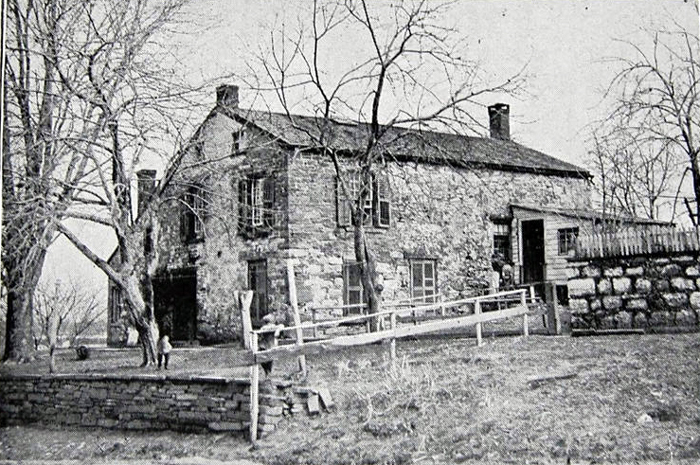Hello and Happy Holidays!
In lieu of any real posts this year, I present a summary of newsworthy happenings. Mainly, the usual roster of demolitions, but some more-positive news as well.
January – Kingston – Brickyard Trail Opens
Just after the New Year, a portion of the Empire State Trail that traverses two formerly abandoned properties opened. The Brickyard Trail connects the Hutton Company Brick Works, rebranded as the Hutton Brickyards, a luxury hotel/event space, and the former Hudson Cement property which is still in the process of being fully converted to a park now known as Hudson Cliffs. The area was known historically, and better, as Steep Rocks – a perfect name that was just there for the taking for the new park.
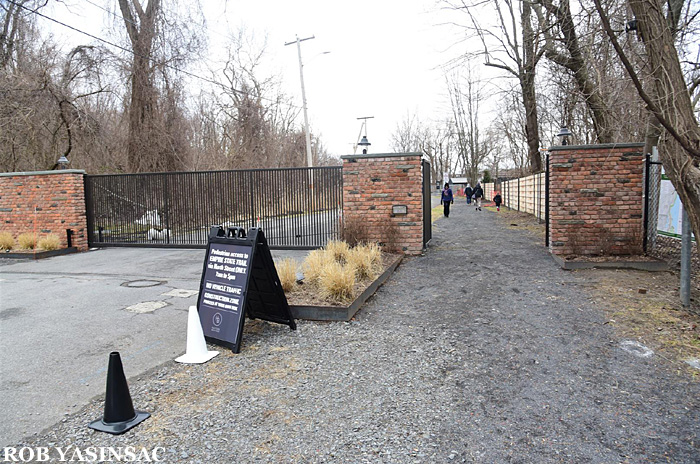
Southern entrance to the Brickyard Trail. Car parking is nearby at Kingston Point Park.
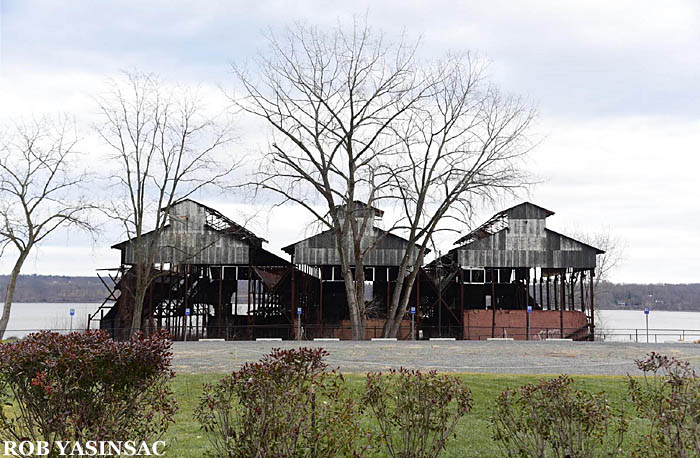
The south end of the trail passes by the not-yet-restored steel kiln sheds of the Hutton Brickyards, now a luxury hotel/destination site. Summer rates of newly built cabins are $425-$595 night, which is way too rich for me.
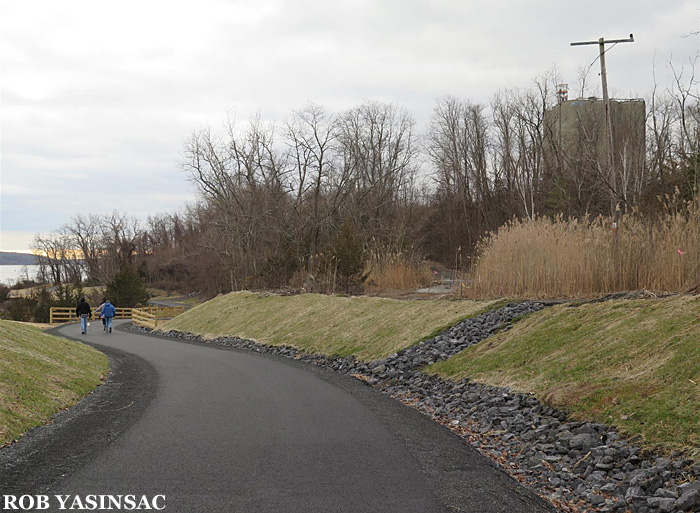
The north end of the trail passes through the former site of the Shultz Brickyard and later the Hudson Cement Company. I was excited about the possibility of the trail winding its way past the cement company ruins, including the 300-foot tall silos. Which will be the subject of another entry later in this post.
February – Greenport (Hudson) – Farrand House Demolished.
The Farrand family farmhouse, with Gothic revival alterations, was demolished on February 23, 2021 to make way for an Aldi supermarket. My friend Paul Barrett and others advocated valiantly for the preservation of the Farrand House, which was converted to apartments in its last incarnation.
The adjacent McDonalds, with vintage mansard roof and fantastic roadside sign, was also demolished later in the year, to be replaced by a new restaurant in the plain, boring, modern McDonald’s template that is replacing retro-looking restaurants across the country.
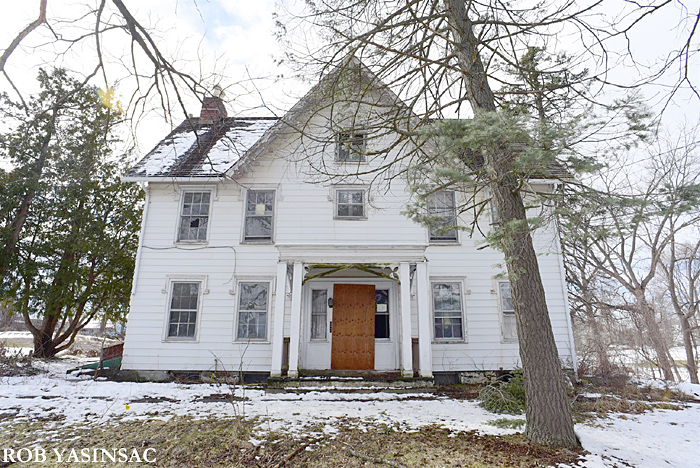
March 2018
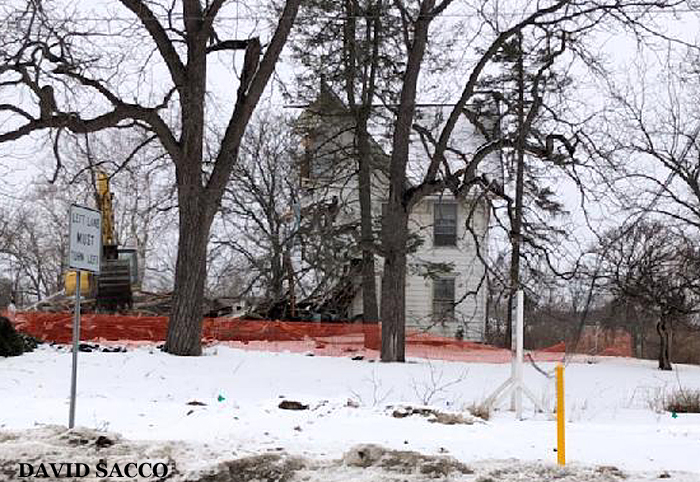
February 23, 2021. Photograph courtesy of David Sacco.
March – Hyde Park – Hyde Park Motor Company Demolished
Some research remains to be conducted, but the Hyde Park Motor Company building undoubtedly was one of the earliest automobile showrooms built in the Hudson Valley. Situated at the southeast corner of the main four-corners intersection in Hyde Park, the old car dealership seemed to be a perfect candidate for adaptive reuse – a restaurant or cafe perhaps. It was demolished instead, and the corner was still a vacant lot the most recent time I drove by.
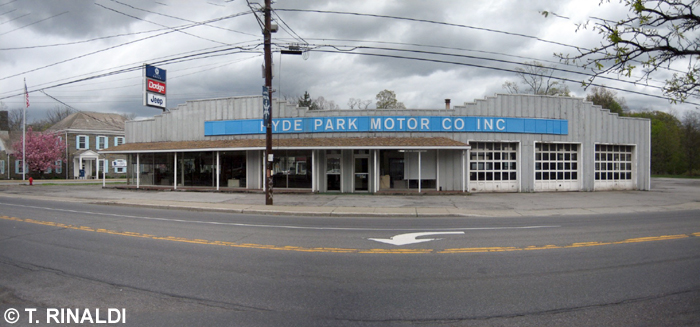
Hyde Park Motor Company, April 18, 2010. Photograph by Tom Rinaldi.
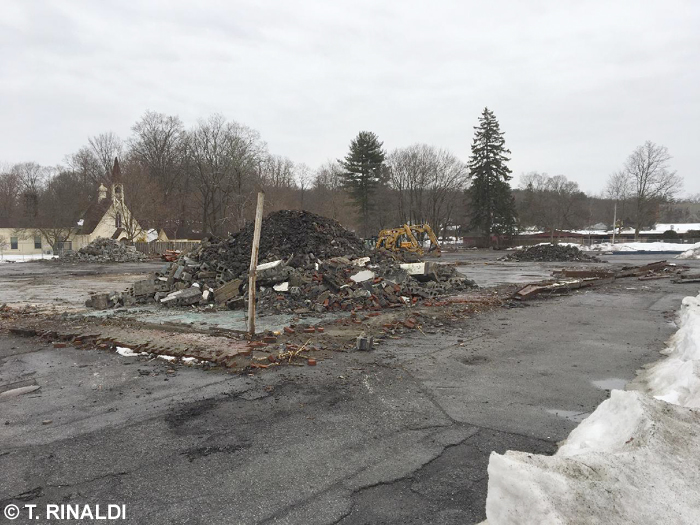
Hyde Park Motor Company site, March 2021. Photograph by Tom Rinaldi.
April – Croton Falls – St. Joseph’s Church, Rectory and School Demolished.
In 2018, St. Joseph Roman Catholic Church sold this property to the Metropolitan Transportation Authority. The church, by then, built a larger house of worship in Goldens Bridge with room for 800 worshippers – the increased capacity meant that fewer services could be held, in comparison with the number of masses at the 200-person capacity Croton Falls church. The MTA will create a 450-space permit-only commuter parking lot at the site of the old church, right at a time when office workers have not yet returned to Manhattan in anywhere near pre-pandemic numbers. When work-from-home seems like not only “the new normal” but perhaps the way of the future, is another commuter parking lot the best idea?
A handsome if unspectacular church, the memories contained within St. Joseph’s are unspeakably horrible (link warning: abuse content).
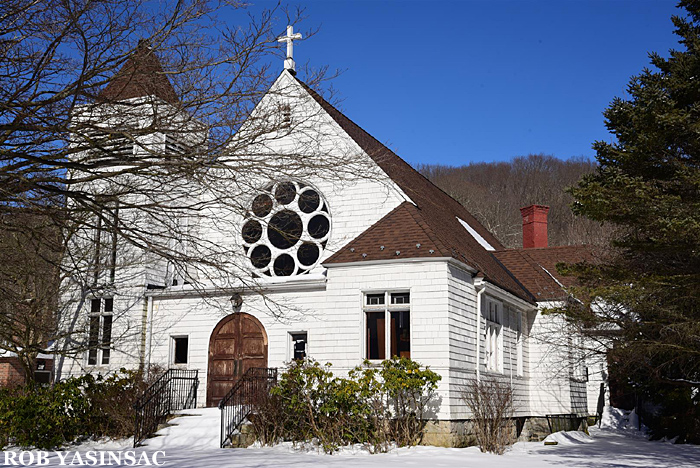
St. Joseph’s Church, February 2021.
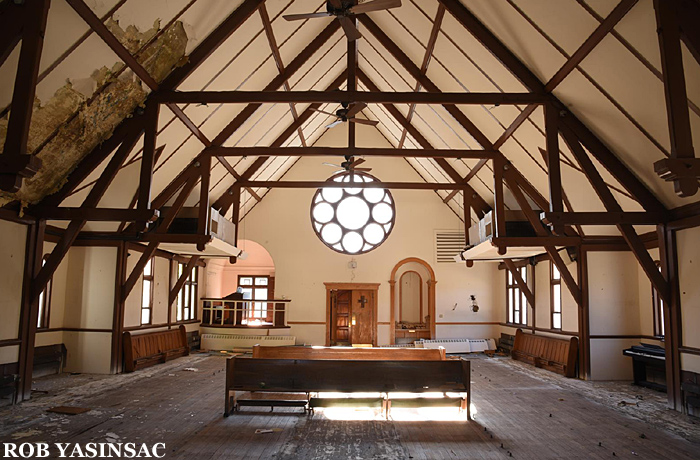
St. Joseph’s Church Interior, October 2020.
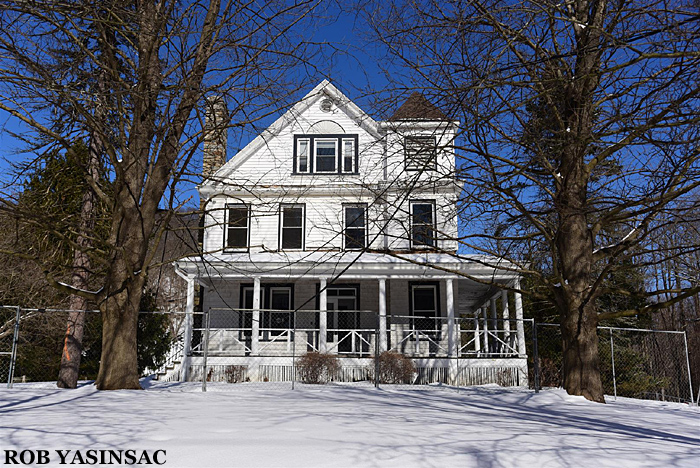
St. Joseph’s Rectory, February 2021.
April – Buchanan – Indian Point Power Plant Shuts Down
Not one of our ruins, of course, but an architectural monument on the Hudson River, Indian Point went offline permanently on April 30, 2021. The power plant went into operation in 1962 with the construction of the first unit, the low, saucer-like dome that is hidden behind the newer units that replaced it. The first unit’s associated ventilation stack was shortened in 2012. The two taller units, “with domes more closely approximating hemispheres” were constructed in 1974 and 1976. Adjacent to each of the two units are rectangular buildings that contain turbine generators where the energy is actually produced.
Architectural historian Frank Sanchis, also quoted above, stated in “American Architecture: Westchester County, New York,” that “the completely functional design of the Consolidated Edison plant derives its visual impact from the geometric forms utilized and the sheer bulk of the buildings of the waterfront site; the smooth domes are seen in contrast to the landscape from innumerable vantage points in the surrounding area.” According to the Daily Freeman (April 29), pending state regulatory approval, Entergy will transfer Indian Point to Holtec International who estimates it will take 12 to 15 years to demolish the power plant.
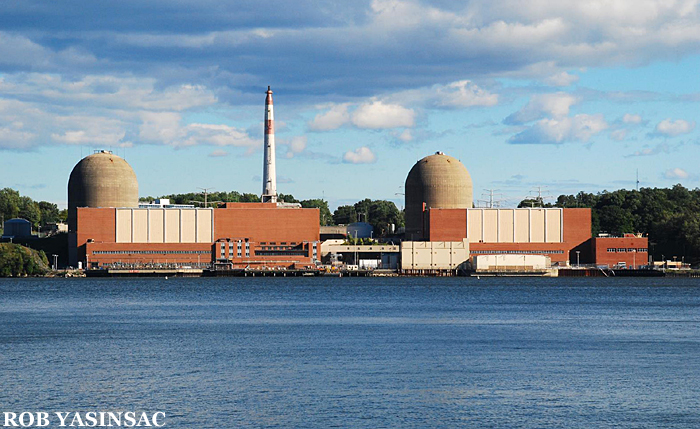
Indian Point, September 15, 2007.
April – Cold Spring – First Interpretive Signs Installed at the Northgate Ruins
In April, the first of sixteen interpretive signs were installed at the Northgate ruins in Cold Spring. The signs tell the history of the Stern/Cornish estate, and unmask some of the mysteries of the construction of the mansion.
Volunteers Thom Johnson, Christoper Wilson (formerly of New York State Parks) and myself wrote the interpretive content of the signs; the historic photographs were provided by descendants of the Stern and Cornish families. New York State Parks staff and volunteers assisted in the project, which was funded by a Parks and Trails New York grant. An official unveiling event is planned for Spring 2022. More info and a video interview with Thom Johnson can be found at NBC New York.
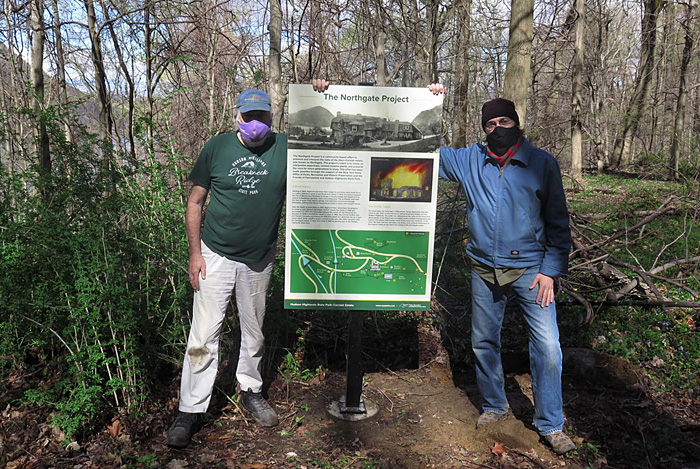
Thom Johnson and Rob Yasinsac after installing the first interpretive sign at the Northgate estate, April 2021.
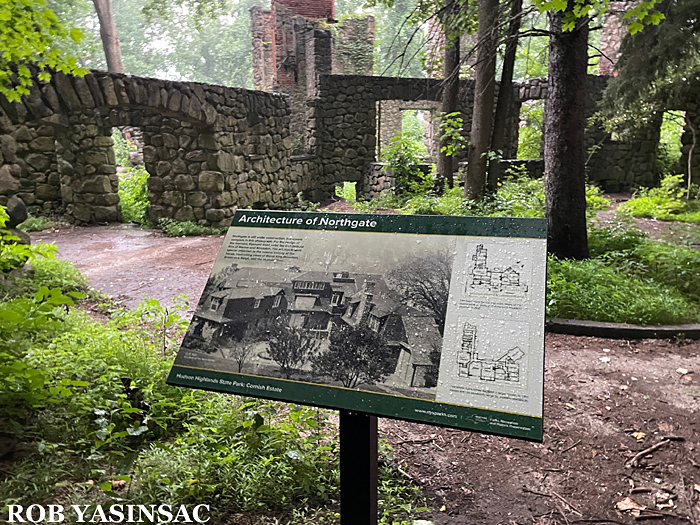
A sign near the mansion.
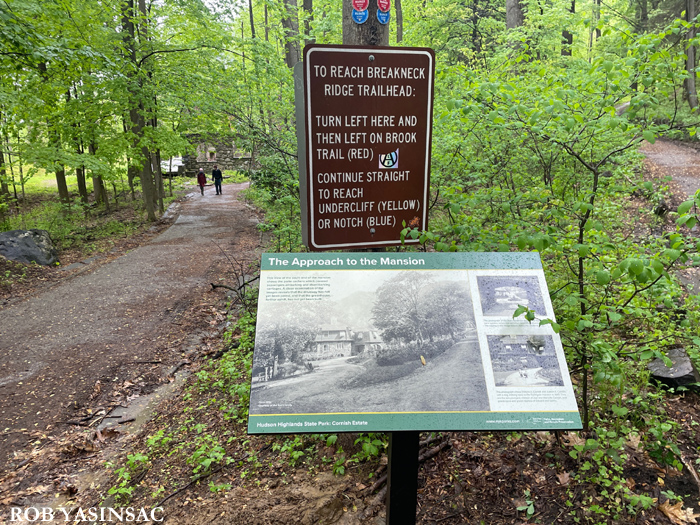
The Northgate ruins will no longer be a mystery to people hiking through the former estate to and from Breakneck Ridge.
Summer – Kingston – Hudson Cement Silos Demolished
Sometime this past summer, Scenic Hudson quietly demolished the Hudson Cement Company silos. Following Scenic Hudson’s acquisition of the site, a consulting team reached out to Hudson Valley Ruins for our opinion of future plans for the Hudson Cliffs Park. Tom Rinaldi and I said “Of course the silos should be preserved!” We thought the cluster of 300-foot tall cylinders would become the focal point of the new park, repurposed and reclaimed from industrial artifact to cultural monument, in line with the industrial chic reclamation of the Hutton Brickyards just to south, and in the spirit of the exciting and imaginative reinvention that is occurring at the even more colossal Silo City location in Buffalo, New York.
Curiously there was no fanfare and no mention, that I am aware of, in a mid-Hudson Valley newspaper regarding the demolition of the silos. An Albany Times Union piece lent more importance and urgency to graffiti at the site than to the silos themselves. All so very curious, and another unfortunate loss.
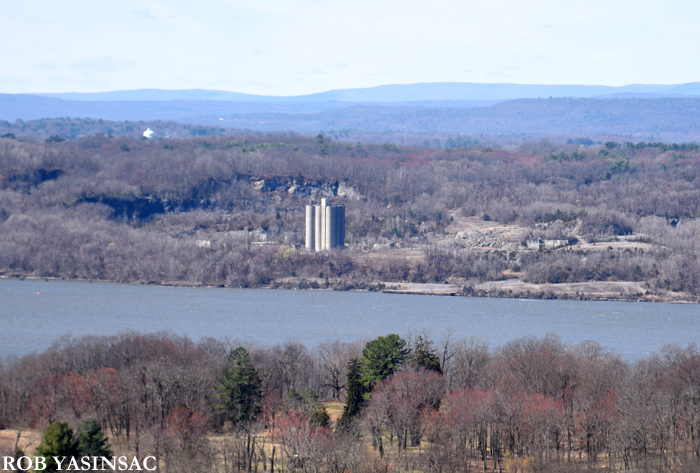
Viewed from Ferncliff Forest Fire Tower, March, 2020.
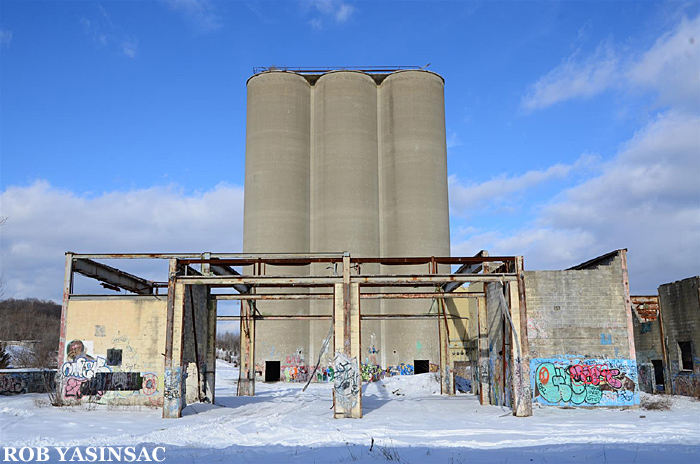
Some folks viewed the graffiti here as art. The entire silo structure could have been a canvas onto which images could have been projected, like a 21st century drive-in movie experience. The silo cluster would have been an amazing backdrop for cultural events. Even just left as-is, it would have been a landmark and attraction along the trails within the new park.
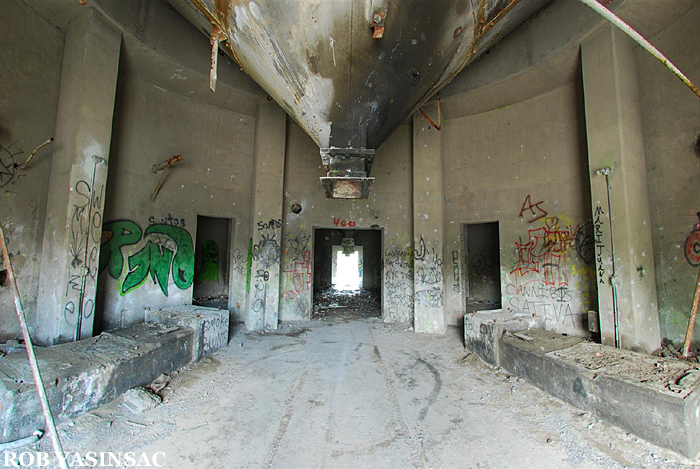
Imagine the intimate music performances, art installations, and presentations that could have occurred in this awesome space. How amazing it all could have been.
Continue on to Part Two.
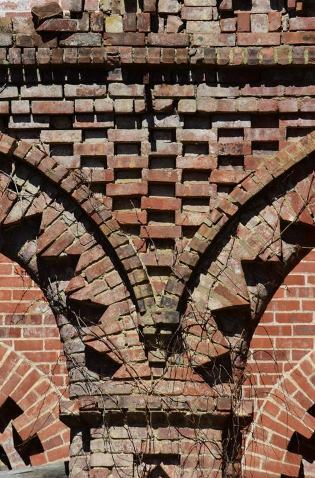

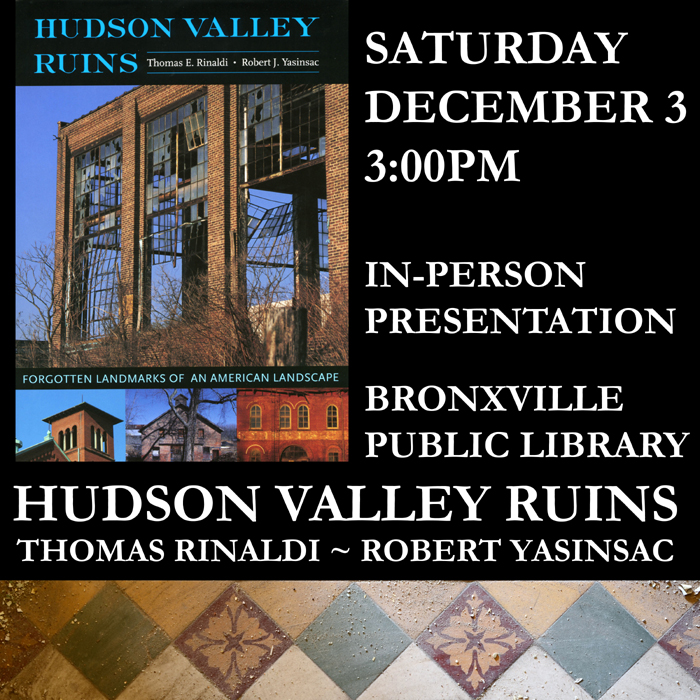
.jpg)
